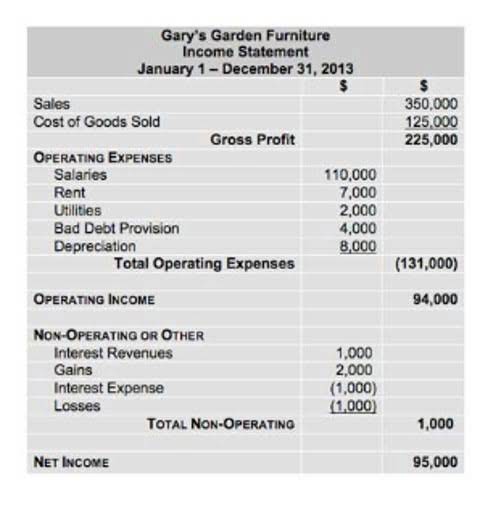
Further investigation should reveal whether the exception or variance was caused by the inefficient use of materials or resulted from higher prices due to inflation or inefficient purchasing, or something else. In any case, the standard cost system acts as an early warning by highlighting a potential hazard for management. The Chocolate Cow Ice Cream Company has grown substantially recently, and management now feels the need to develop standards and compute variances. A consulting firm was hired to develop the standards and the format for the variance computation.
Incorporating Filters and Slicers in Power BI for Dynamic Cost Analysis Reporting
It may be used as a basis for price fixation and for cost control through variance analysis. The use of standard costs is also beneficial in setting realistic prices. Along with this, standard costs help to identify any production costs that standard costing system need to be controlled. Accordingly, standard price of raw materials is determined based on present market price and expected inflation. The purchase manager, cost manager and materials store department are usually involved in this process.
Practical Standards
- Rather than assigning the actual costs of direct materials, direct labor, and manufacturing overhead to a product, some manufacturers assign the expected or standard costs.
- Standards may be established for materials, labor, and factory overhead.
- The main goal of lean accounting is to improve financial management practices within an organization.
- Labor refers to any wages to employees which relate to a specific aspect of producing products or delivering services.
- A favorable variance involves spending less, or using less, than the anticipated or estimated standard.
- Ranking should look to how stakeholders are affected by costs and any decisions related to cost variance, or why the variance occurred.
- Building budgets without the use of standard cost figures can never lead to a real budgetary control system.
Traditional approaches limit themselves by defining cost behavior only in terms of production or sales volume. That component of a product that has not yet been placed into the product or into work-in-process inventory. This account often contains the standard cost of the direct materials on hand. A manufacturer must disclose in its financial statements the actual cost of materials on hand as well as its actual cost of work-in-process and finished goods. Activity-based accounting (ABC) assigns overhead costs to products and services to give you a better idea of what they cost. Compared to standard cost accounting, ABC dives deeper into the cost of manufacturing a product or providing a service.
Fixed Overhead
Management by objective is an approach where a manager and his or her subordinates are evaluated based on achievement of set goals. Management by exception is another managerial approach in which management gives attention to matters that materially deviate from established standards. Setting and maintaining standard costs require time and resources, and constant updates are necessary to ensure accuracy. By analyzing variances and implementing corrective actions, standard costing fosters a culture of continuous improvement and cost optimization. Standard costing provides management with accurate and timely data, enabling informed decision-making based on real-time cost information.
Direct materials are the raw materials that are directly traceable to a product. (In a food manufacturer’s business the direct materials are the ingredients such as flour and sugar; in an automobile assembly plant, the direct materials are the cars’ component parts). Despite its powerful features and capabilities, creating a cost analysis report in Power BI may sometimes pose challenges. Common issues include data inconsistencies, formula errors, or performance limitations.

We may earn a commission when you click on a link or make a purchase through the links on our site. All of our content is based on objective analysis, and the opinions are our own. Before fixing standards, a detailed study of the functions involved in the manufacturing of the product https://www.bookstime.com/ is necessary. These standards make proper allowances for normal recurring interferences such as machine breakdown, delays, rest periods, unavoidable waste, and so on. They are projections that are rarely revised or updated to reflect changes in products, prices, and methods.

Average costing calculates the average cost of inventory items, while standard costing uses predetermined costs for materials, labor, and overhead. The difference between actual costs and standard costs is known as variance. Variance is identified and carefully analyzed, and it is reported to managers to inform suitable corrective actions.
Cost Accounting: What It Is And When To Use It
Standard costing aids in creating realistic budgets and effective resource allocation, helping businesses plan for the future with greater confidence. A currently attainable standard is one that represents the best attainable performance. It can be achieved with reasonable effort (i.e., if the company operates with a “high” degree of efficiency and effectiveness). A standard is essentially an expression of quantity, whereas a standard cost is its monetary expression (i.e., quantity multiplied by price).
Introduction to Standard Costs

Actual costs are compared with the standards costs and variances are determined. If the actual performance is found to be abnormal, large variances may result and necessitate revision of standards. Sometimes the employees and workers are discouraged when the standards are fixed at a high level. The unreal high standards may adverse by effect the morale of workers rather than working as an incentive for better efficiency.…